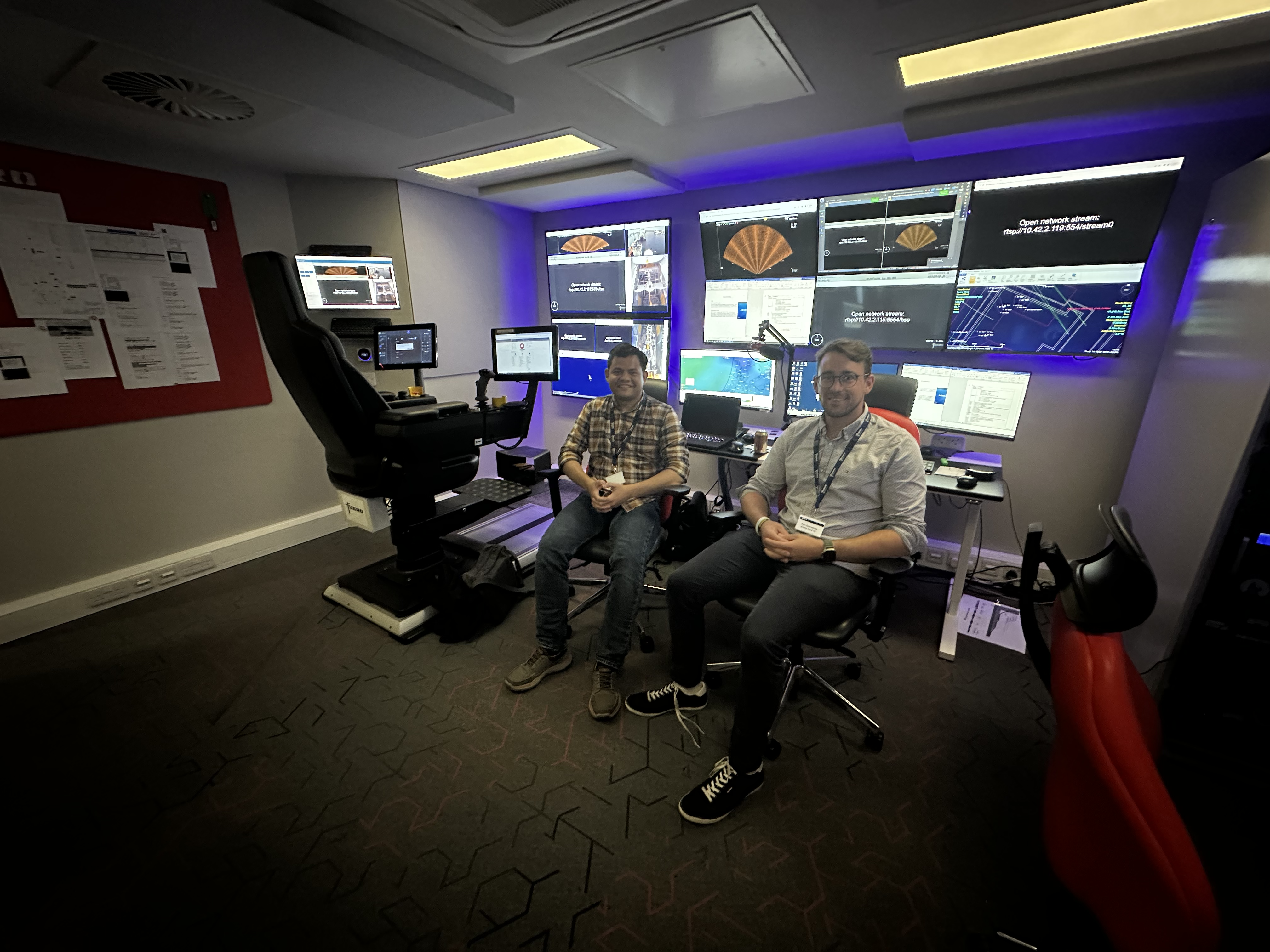Use cases
Use Cases

Our objective is to demonstrate the applicability and value-adding potential of research and innovation results from the centre, and disclose new problems for further research.
Each use case will involve at least one end user, product and service providers, research institutes, universities and authorities, which represent the entire research‐innovation chain as well as competence at all technology readiness levels (TRLs). At the start of the Centre, four use cases have been identified as most promising from the industry-partners’ perspective. In collaboration with WP7, the use cases will be run as innovation projects with a typical duration of 2-3 years, and with steering and heavy involvement from industry partners. When a use case has reached a sufficiently high TRL, it will be handed over to the industry partners for further development internally and/or through new and dedicated research and innovation projects. More use cases will be introduced during the lifetime of the centre, based on updated market and technology developments. The main research tasks are:
- Task 6.1 on use case identification and specification, which covers the specification of objectives, deliverables and need for research results from WP 1-5.
- Task 6.2 on case-data management, which includes the gather and manage use case data provided by industry partners (e.g. data from ships in operation). Ensure access to relevant data for researchers and students.
- Task 6.3 on the integration of research results, which is about the integration of relevant results from WP 1-5 into holistic use case deliverables, i.e. complete technological and operational concepts.
- Task 6.4 on the demonstration, which includes the verification and documentation of the performance of the concept deliverables through simulator, model-scale and/or full-scale demonstrators.






